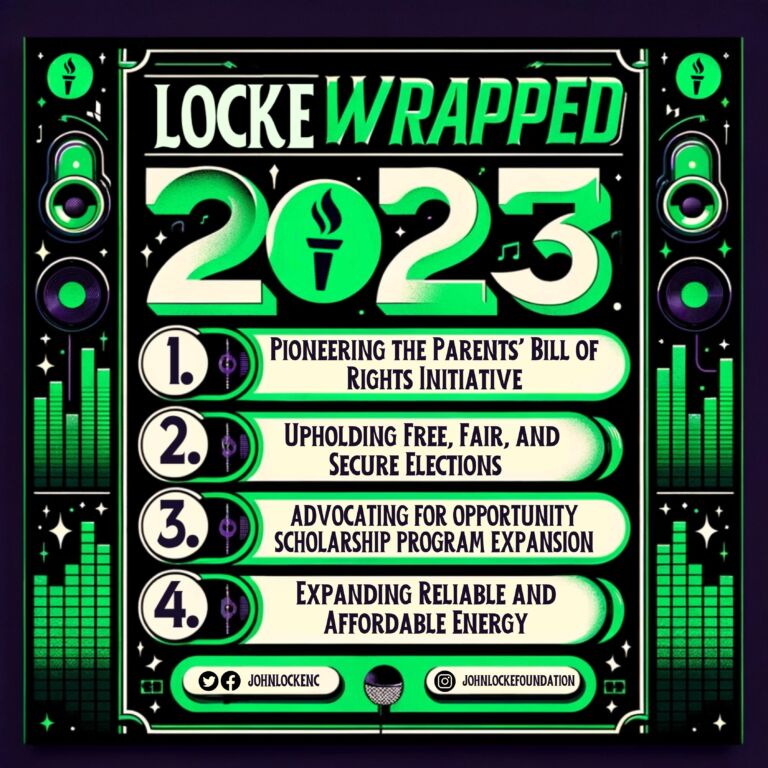Becket Adams of the Washington Examiner notes the irony of media outlets leaping to promote selectively edited videos from a D.C. protest tied to last weekend’s March for Life.
Selectively edited videos are bad. Except when they aren’t.
That’s at least one of the big takeaways from the press’ disastrous promotion this weekend of bogus allegations of racism against teenagers at the March for Life. They were harassed by an elderly Native American protester, after being berated and abused by a hateful sect known as the Black Hebrew Israelites, but their situation got really bad only because of a single, selectively edited video of the incident that took place the day after the March for Life.
Forgive my eyerolling as I think back to the high standard of proof that the national media set in 2015 following the release of the undercover Planned Parenthood tapes. A court has since concluded that those tapes were kosher, but the media described them as “selectively edited” when they were released.
The video in this story, in contrast, actually was selectively edited. …
… Every single one of these stories is based on a single, shaky video that was posted to social with the caption, “ Is this how we make America great ‘again’?” The video is exactly three minutes and 44 seconds long. It begins in the middle of the March for Life incident, and it ends abruptly before the alleged confrontation has even concluded. Obviously, the video is missing crucial context. It does not capture what led up to the incident or its aftermath.
This caused certain newsrooms to jump in and get behind a story of something that didn’t actually happen, that the teens “mobbed” and “taunted” an elderly Native American.
And to think it was just a few years ago that these exact same media organizations claimed the Center for Medical Progress’ hours and hours of uncut undercover footage was “selectively edited.” This meant that the group’s claim that it had caught Planned Parenthood associates discussing the processes by which organs from the remains of aborted children can be harvested and sold (er, donated for a fee) was ultimately untrustworthy.


